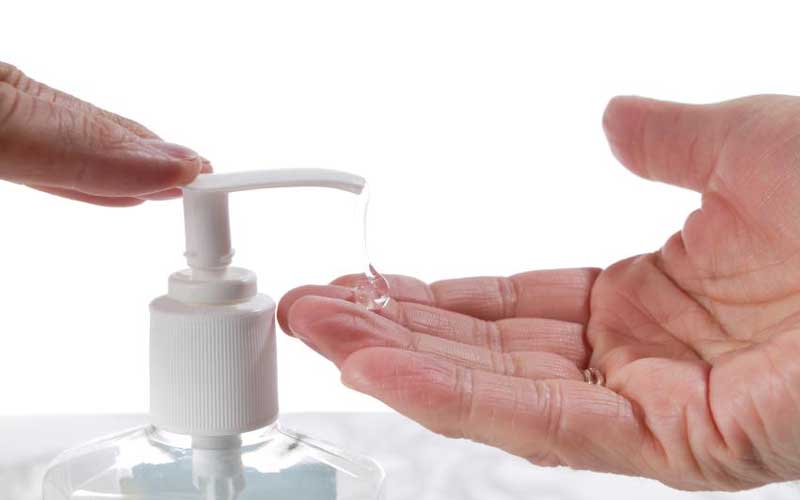
Women exposed to triclosan, a chemical often found in soaps and hand sanitizers, may be more likely to develop osteoporosis than women who don’t have this exposure, a new study suggests.
Triclosan has been widely used for years as an antimicrobial agent in consumer goods and personal care products including soaps, hand sanitizers, toothpaste and mouthwash, researchers note in the Journal of Clinical Endocrinology & Metabolism.
While the exact effect of the chemical on human health isn’t clear, some previous research suggests that triclosan may interfere with thyroid and reproductive hormones.
Triclosan has also been shown to impact bone health in animals, but less is known about the potential for this chemical to contribute to weak, brittle bones in people, said Yingjun Li of Hangzhou Medical College School of Public Health in China.
For the current study, Li and colleagues examined data on 1,848 women in the U.S. and found that those with the highest levels of triclosan in their urine were two and a half times as likely to have osteoporosis as women with the lowest triclosan levels.
“Triclosan exposure may be a risk factor for lower bone mineral density and osteoporosis,” Li said by email. “The evidence was stronger in postmenopausal women than in premenopausal women.”
In women, reduced estrogen production during menopause and afterward can slow production of new bone tissues. Over time, this process increases their risk of osteoporosis.
About 30 percent of postmenopausal women in the U.S. have osteoporosis, and four in 10 of them will experience a bone fracture, the authors note.
The study wasn’t a controlled experiment designed to prove whether or how triclosan might directly cause osteoporosis.
But it’s possible that triclosan exposure could trigger changes in the production of thyroid hormones and estrogen that interrupt normal skeletal development and maintenance of healthy bones as women age, Li said.
“Triclosan could lead to lower bone mineral density and increased prevalence of osteoporosis,” Li said.
Even though more research is needed to prove whether triclosan directly causes osteoporosis, it still makes sense to avoid using products that contain the chemical, said Luz Claudio, an environmental medicine and public health researcher at the Icahn School of Medicine at Mount Sinai in New York City.
“Luckily, triclosan is rapidly excreted from the body after exposure, so in theory, it should be possible to reduce the amount of it we have on our bodies by avoiding continuous exposure,” Claudio, who wasn’t involved in the study, said by email.
“People who are concerned can avoid products that contain triclosan by reading the labels,” Claudio advised.
Washing with regular soap and water, for example, can help fight germs just as well as using antibacterial cleaning products and avoid exposure to triclosan, Claudio said.
But consumers do need to read the labels because triclosan is in a lot of cosmetics and personal care items that aren’t necessarily marketed as antibacterial products.
“If a product contains triclosan, this should be listed on the label,” Claudio said.
 The Standard Group Plc is a multi-media organization with investments in media platforms spanning newspaper print
operations, television, radio broadcasting, digital and online services. The Standard Group is recognized as a
leading multi-media house in Kenya with a key influence in matters of national and international interest.
The Standard Group Plc is a multi-media organization with investments in media platforms spanning newspaper print
operations, television, radio broadcasting, digital and online services. The Standard Group is recognized as a
leading multi-media house in Kenya with a key influence in matters of national and international interest.











